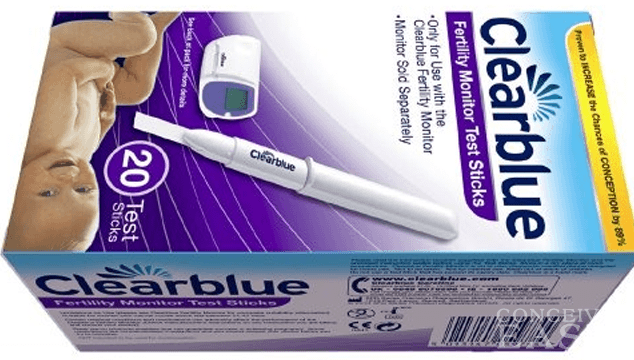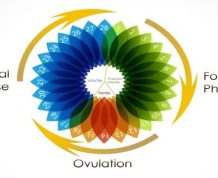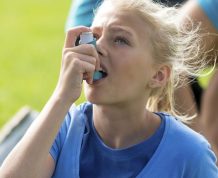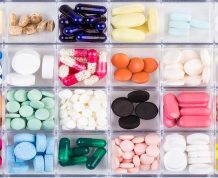Hysterosapingogram. It is surely a mouthful, and it is one of the most common tests done for female fertility issues. What is it and what does it test for? Claim Your 20 Free Pregnancy Tests – Click Here

It is often referred to as an HSG test, and that is how we will refer to it in this article. An HSG test is basically an X-ray of the uterus and fallopian tubes. This x-ray can help doctors, nurses and other health care professionals to determine how healthy (or unhealthy) your uterus and fallopian tubes are, and if there are any abnormalities or problems that need to be addressed.

An HSG is usually done between days 7 and 10 of your menstrual cycle, since your doctor will want to make sure that you are not pregnant when the test is performed. The test is easy and painless, and should last less than 15 minutes at the very most. The test uses dyes to help give the doctors a better look at what is going on inside your body, but the dye is harmless and will not hurt you at all.
The dye is slowly injected into your cervix, and if everything is good and there are no blockages in your fallopian tubes, the dye will sort of “overflow” and “spill out” of the top of your tubes. The doctors will be able to easily see this by using the dye.
X-rays will be taken after the dye is inserted so that your doctor will have plenty of images to review later to keep on file and to help determine the cause of any problems that you might be having. Sometimes with an HSG test, as many as fifty or sixty x-ray images may be taken.

After the test, the doctor will have a better idea of whether or not there are any blockages in your fallopian tubes and if so, where those blockages might be. The doctor will be able to use those x-rays to determine if you have any issues such as polyps, scar tissue, fibroids, tube defects or endometriosis. There are hardly ever any complications from having an HSG test done, although you might feel uncomfortable or have cramping and maybe some light-spotting for a few days afterwards.

Want to hear a fun fact? Some studies have shown that women actually have a better chance of getting pregnant on their own after they have had an HSG test performed! Why is this? Doctors aren’t really for sure, but they think it may have to do with the fact that the dye used in the HSG test can sometimes flush out the fallopian tubes of any blockages that might be there. No one really knows if this is the case for sure, but you can keep it in mind as a way to make you feel better if you are already going in for the HSG test.










Comments